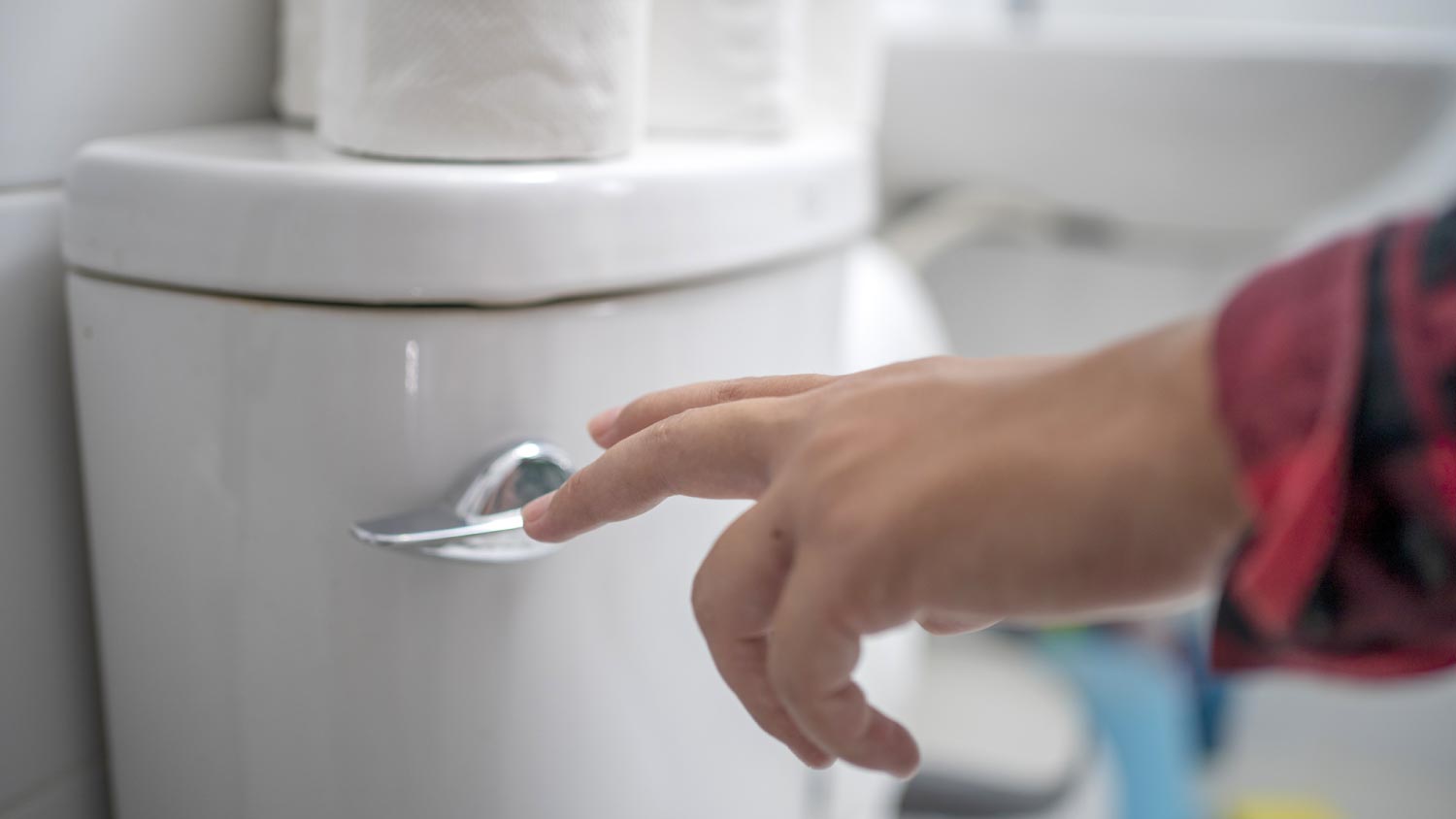
Need to know what sewer line replacement costs in Los Angeles, CA? This guide will help you prepare to budget for sewer line replacement done by local contractors.
Septic tank service costs depend on your project and location. Check with a local pro for your specific job.
Septic system installation in Portland costs about 10% less than the national average, which is good news for those who want to stay within their budget.
The permitting process in Portland for a new septic system requires a site evaluation and a construction permit application.
Homes in Portland with septic systems sell for more per square foot than homes with a traditional plumbing system.
If you’re looking into the cost of installing a septic system in Portland, you’re likely breaking ground on a new home. You can expect costs to range between $5,449 and $8,957, with an average of $7,203. Find out what you can expect to pay based on the system size, type, materials, site prep, and more.
Here are the main cost factors for installing septic systems in Portland, Oregon, including tank size, materials, type of system, and site prep.
The septic tank size you need will depend on the number of bedrooms your home has. For a three- or four-bedroom home, you’d need a 1,000-gallon septic tank, which costs $800 to $1,350 for the tank alone.
Larger houses have more sinks, toilets, bathtubs, and other wastewater sources that flow into the septic tank. As tank size increases, so do costs.
| House Size (Bedrooms) | Tank Size (Gallons) | Average Cost |
|---|---|---|
| 1 | 500 | $450–$800 |
| 2 | 750 | $625–$1,075 |
| 3–4 | 1,000 | $800–$1,350 |
| 5–6 | 1,200 | $1,075–$1,425 |
| 6–7 | 1,500 | $1,350–$2,250 |
Septic tanks are commonly made of plastic, concrete, or fiberglass, with fiberglass being the most expensive. All three types of material are approved for use in Portland. Here’s how much a tank costs based on each material.
| Septic Tank Material | Average Cost | Pros | Cons |
|---|---|---|---|
| Plastic | $450–$1,800 | Unlikely to corrode in the naturally acidic soil in Portland | Require more frequent pumping due to the smaller size |
| Concret | $1,075–$1,800 | Durable with a long lifespan | Naturally acidic soil requires waterproofing and protection |
| Fiberglass | $1,200–$1,800 | Durable and corrosion-resistant | More costly than plastic |
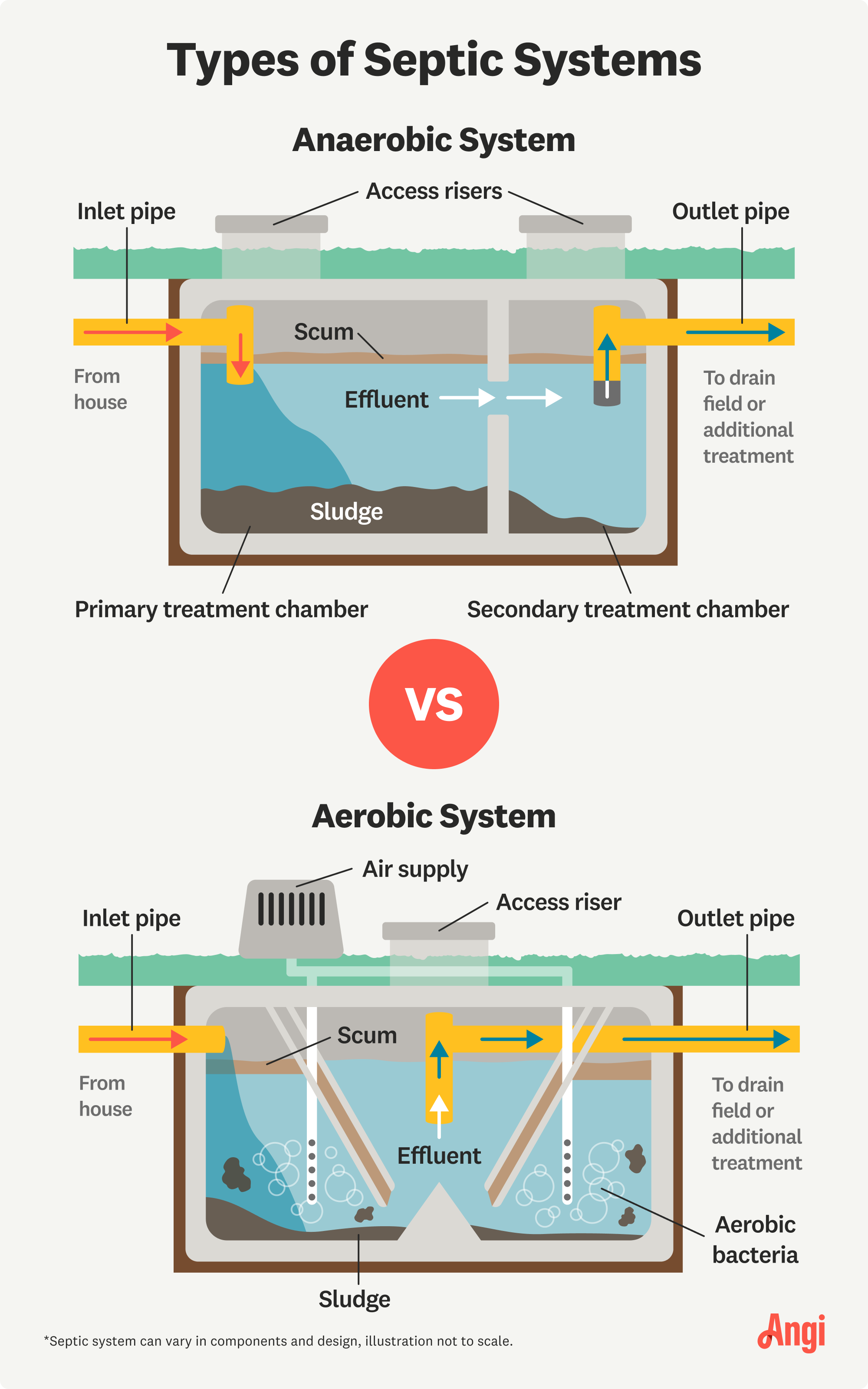
Each type of septic system comes with its own set of pros and cons. While anaerobic systems are relatively low-maintenance, they aren’t great for small properties. Similarly, anaerobic systems can do well in small spaces but require extra work.
| Anaerobic | Aerobic |
|---|---|
| Anaerobic bacteria break down waste | Aerobic bacteria break down waste |
| More affordable | More expensive |
| Uses fewer chemicals | More efficient |
| Needs a larger leach field | Good for smaller properties |
Anaerobic: Anaerobic systems are more common and cost $3,000–$8,000. They’re less costly than aerobic systems and don’t need extra power or chemicals, but they’re less efficient and require a larger leach field. A pipe runs from the house to the septic tank, where another pipe runs into the leach field. Anaerobic bacteria break down solid waste before the system distributes the wastewater into the soil.
Aerobic: Aerobic septic systems utilize oxygen pumped into the tank to activate bacteria that feed on the solid waste. They’re more expensive at $10,000–$20,000 but are more efficient and work well on smaller properties. They require additional power to run, so hook yours up to a power generator in case of a power outage. Otherwise, these systems can plug into your property’s main power source.
Proper preparation is key to a successful installation, just like with any home system installation or home improvement project. Here are some of the steps required for site prep for your septic system installation:
Land Survey: You’ll need to get a land survey before installing a septic system to ensure your plans fall within property lines. Expect to spend $330–$900 to hire a licensed land surveyor.
Percolation Test: Before the installation, you need a local perc test pro to perform a percolation test. The test measures water drainage in the soil, soil type, and the height of each sediment layer on your property to determine the best type of septic system for you. The cost to test your soil is $700–$2,000.
Leach Field Installation: Septic tank systems consist of a septic tank and a trench referred to as a leach field or drain field. This section of the system transports the wastewater back to the soil. Drain field installation costs $5,000–$12,000.
Plan for these additional costs related to hiring a septic system installer in Portland, Oregon.
Expect labor costs to make up 50% to 70% of your septic system project. These installations are labor-intensive, taking anywhere from six weeks to two months. With all of the testing, permitting, excavation, installation, and inspections required, your contractor’s labor charges will reflect their time and expertise.
In Portland, the first step to installing a septic system is a site evaluation conducted by the Oregon Department of Environmental Quality (DEQ). Your septic pro will prepare a test pit, which is a hole at least 2 feet wide, 4 feet long, and 5 feet deep. The DEQ will test the soil and let you know if a septic system can be installed there and which size and type will be allowed.
Next, you’ll apply for a septic installation permit. Your septic company will handle all the details, but the application requires a range of documents, including a site plan, product specification sheets for all components, and floor plans of the home.
Homes with septic systems in Portland sell for higher prices per square foot. The increase in home value often correlates with larger lot sizes, since rural properties are more commonly on septic systems. However, the system will only add value if you’ve been properly maintaining it and having it pumped regularly.
In Oregon, a septic inspection is not required before selling or buying a home, although it’s recommended by the DEQ. If you’re buying a home, an inspection is an extra step in the process, but it’s worth it for the peace of mind. Otherwise, you could be on the hook for septic repair costs ranging between $650 and $3,050 or the cost of a new system.
Pumping your septic tank every three to five years is one of the most important septic maintenance tasks. When you combine that with flushing only approved items (toilet paper and waste) and avoiding driving over your drain field, you have a recipe for a long-lasting septic system.
Home is the most important place on earth, which is why Angi has helped more than 150 million homeowners transform their houses into homes they adore. To help homeowners with their next project, Angi provides readers with the most accurate cost data and upholds strict editorial standards. We survey real Angi customers about their project costs to develop the pricing data you see, so you can make the best decisions for you and your home. We pair this data with research from reputable sources, including the U.S. Bureau of Labor Statistics, academic journals, market studies, and interviews with industry experts—all to ensure our prices reflect real-world projects.
Want to help us improve our cost data? Send us a recent project quote to [email protected]. Quotes and personal information will not be shared publicly.
From average costs to expert advice, get all the answers you need to get your job done.

Need to know what sewer line replacement costs in Los Angeles, CA? This guide will help you prepare to budget for sewer line replacement done by local contractors.
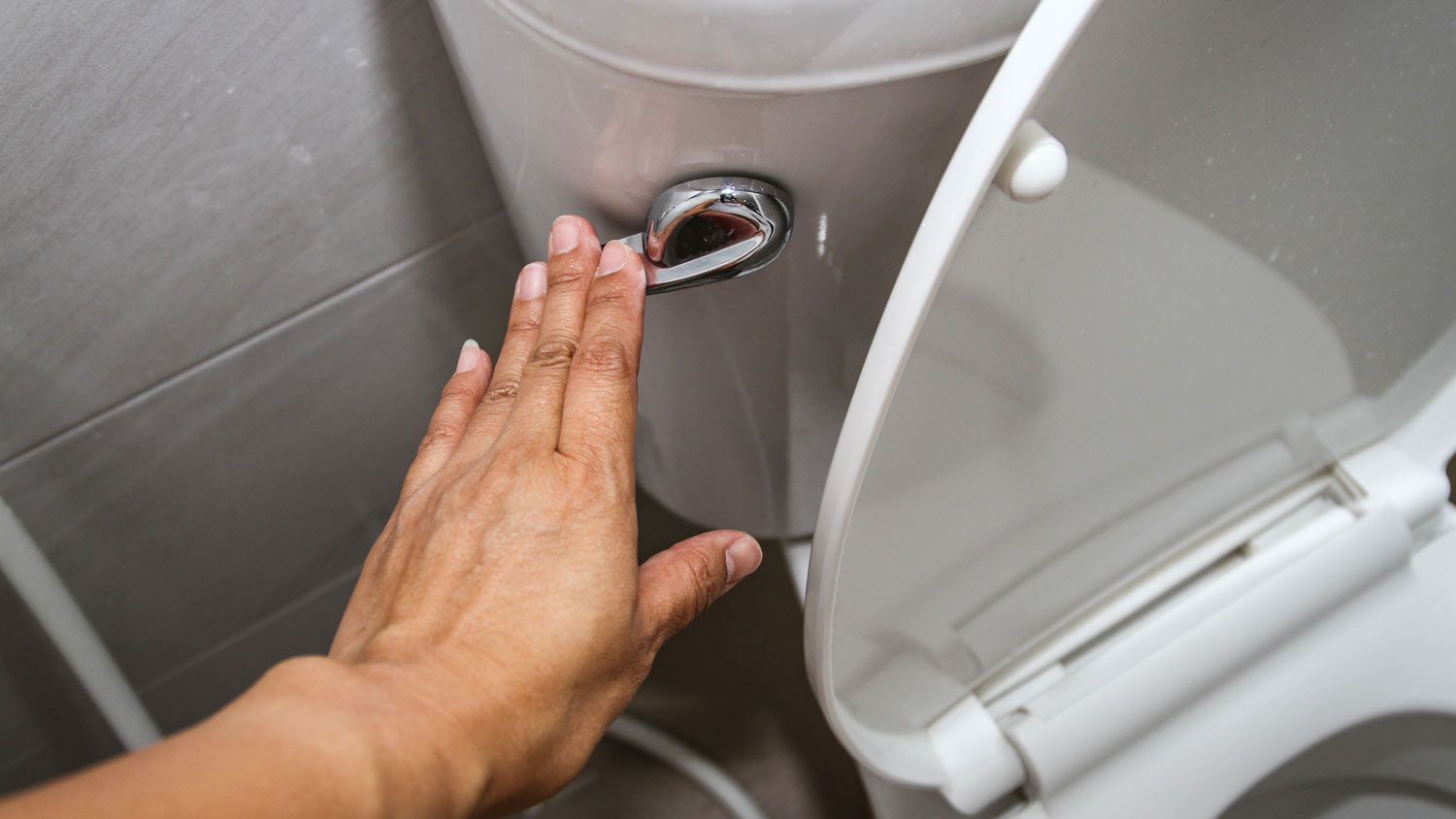
Need to know what sewer line replacement costs in Charlotte, NC? This guide will help you prepare to budget for sewer line replacement done by local contractors.
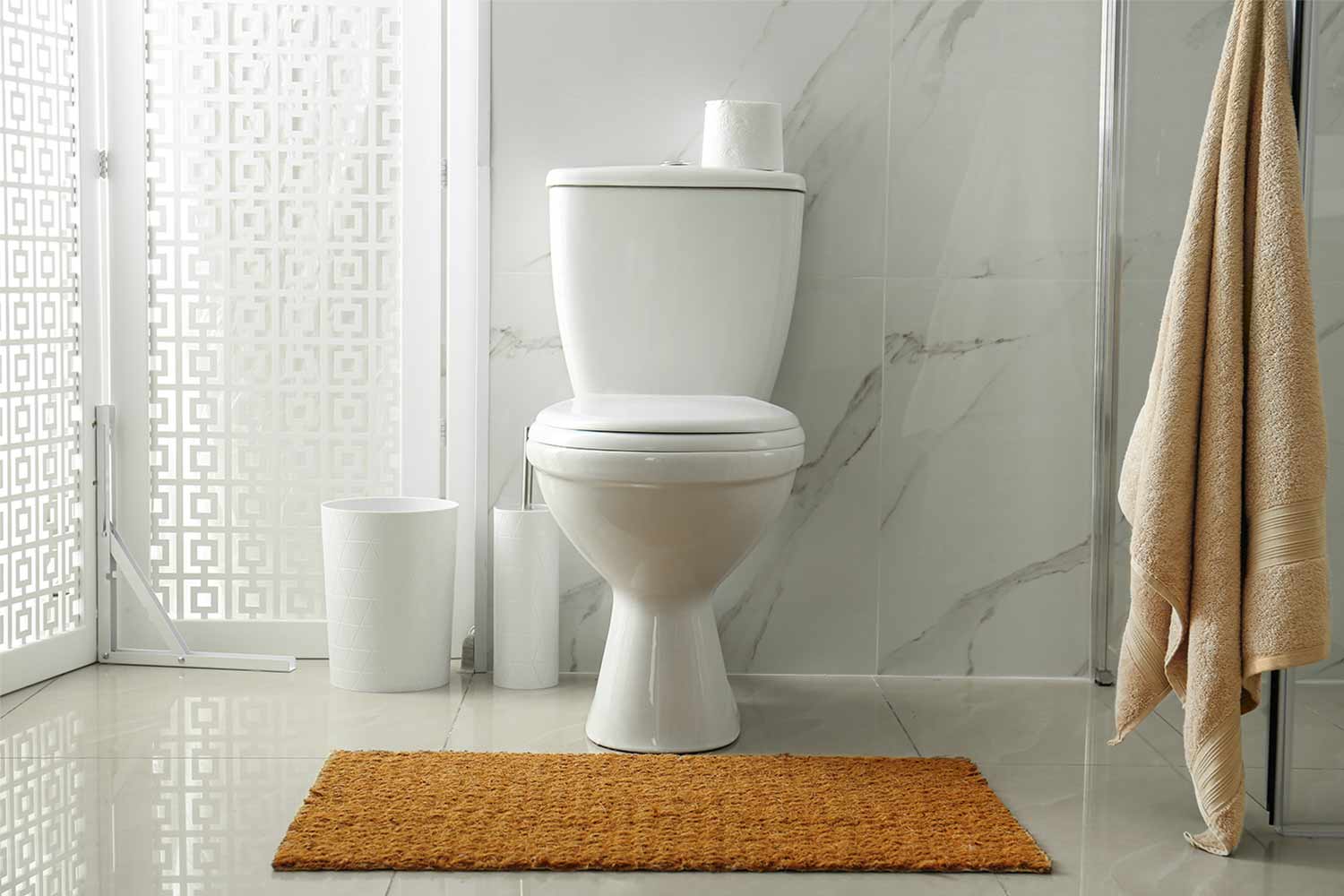
Need to know what sewer line replacement costs in Columbus, OH? This guide will help you prepare to budget for sewer line replacement done by local contractors.

Septic tanks are kept underground, so checking the levels inside can be a challenge. Learn how to check if a septic tank is full with this guide.
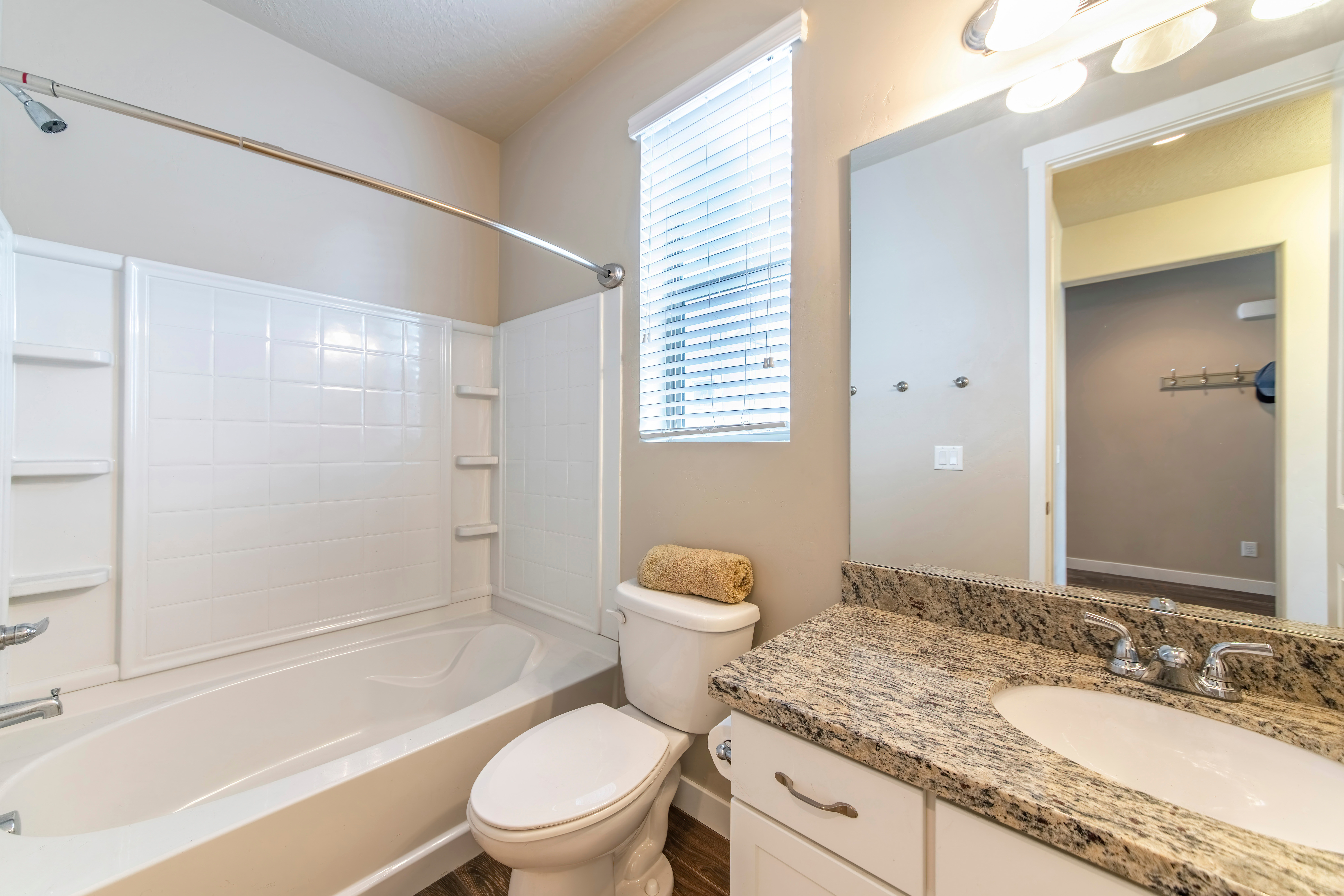
Need to know what sewer line replacement costs in Houston, TX? This guide will help you prepare to budget for sewer line replacement done by local contractors.

In order to function properly, your septic tank needs to be regularly inspected and emptied. How often you should get your septic tank inspected depends on a few factors.